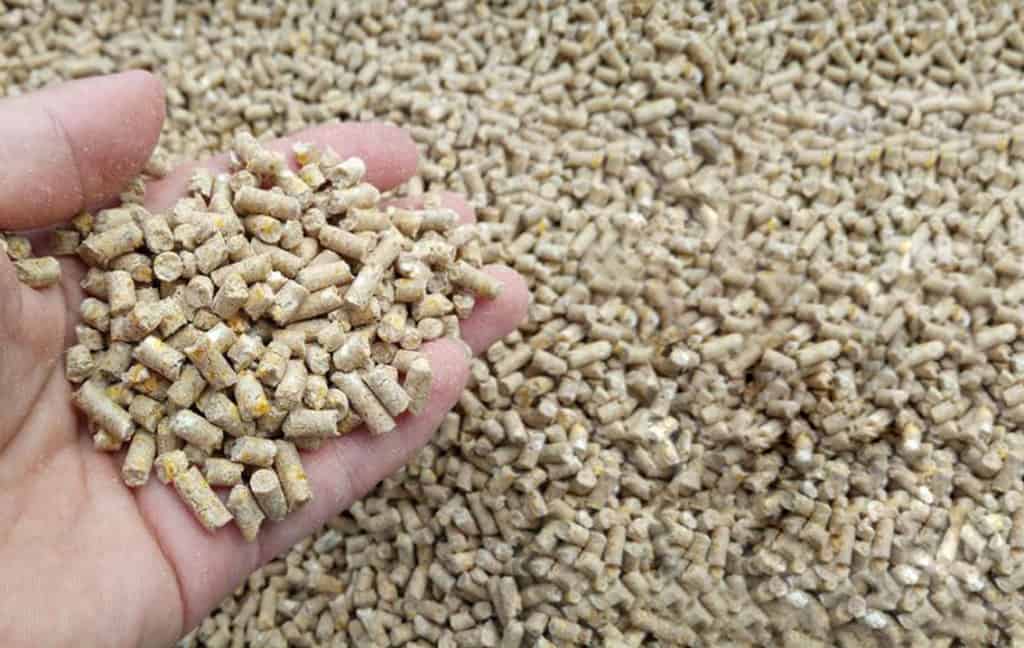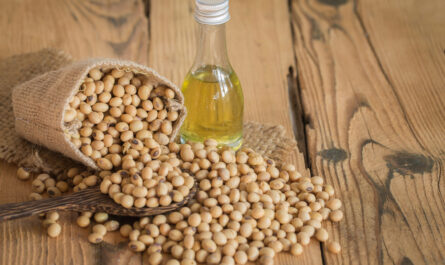For livestock farmers across the globe, ensuring proper nutrition for their animals has always been a priority in order to maximize productivity and growth. However, traditional feeding methods alone cannot provide all the necessary nutrients for livestock as modern demands on output continue to increase. This need has led to the rise of a new category of feed known as “starter feed”, which aims to supplement the nutrition animals receive from natural sources alone.
What is Starter Feed?
Starter feed refers to specially formulated balanced feed provided to young livestock like calves, piglets, lambs etc. during the initial growth stages. It contains highly digestible ingredients with increased levels of protein, minerals and vitamins tailored to the nutritional needs of young animals. The goal of starter feed is to help the young livestock transition smoothly from a milk-based diet to solid feeds while receiving optimal nutrition for proper growth and immune system development.
Some key characteristics of starter feed include:
– Increased protein levels – Young animals require higher levels of protein for rapid muscle and tissue growth. Starter feed contains 20-28% protein which is higher than regular feed.
– Easy digestion – Ingredients like whey, milk products and sprouted grains make the feed highly digestible for the underdeveloped digestive system of young livestock.
– Fortified minerals and vitamins – Essential minerals like calcium, phosphorus and vitamins A, D, E are added in optimum amounts critical for bone and organ development.
– Adapted texture – Large particle sizes are avoided, and the feed is pelleted or crumbled for easy consumption by young animals just being weaned off milk.
– Custom formulations – Composition varies depending on the species and specific stage of growth each starter feed targets.
Benefits of Starter Feed
The advantages of using Starter Feed for newborn and weaning livestock are numerous:
– Smooth transition: The balanced nutrition eases the animal out of milk-feeding and into solid consumption gradually.
– Faster growth rates: Young animals receiving starter feed show accelerated weight gain compared to those on normal feed alone.
– Improved health: Fortification with key nutrients strengthens immune function during the vulnerable post-weaning phase.
– Higher yields: Early nutritional supplementation leads to increased productivity over the animal’s lifetime through higher quality maturity.
– Reduced mortality: Proper starter feeding results in fewer deaths from digestive or health issues common in young livestock.
– Uniform development: Identical nutrition across a group ensures even progress without laggards.
– Lower costs: Though investment in starter feed is higher initially, returns outweigh expenses through accelerated turnover.
Thus, incorporating high-quality starter feed after birth and weaning offers multifaceted benefits for farmers through optimized animal growth, performance and profitability.
Feed Formulations for Different Species
While the overall goal of starter feed is the same across species, the specific formulations vary depending on the nutritional needs of each:
– Calf starter: Contain 22-28% protein, 18-22% fiber and 20-25% fat. Milk replacers may also be included.
– Hog starter: Formulated for 3-12 week old piglets with 26-28% protein, 4-6% fiber and 10-12% fat content.
– Lamb starter: Given to 1-5 week lambs with 20-24% protein, 16-18% fiber and 4-6% fat levels.
– Goat kid starter: Like lamb starter but may have higher calcium based on kid physiology.
– Poultry starter: Finely crumbled feed supplying 22-26% protein and 5,000-6,000 kcal ME/kg for chicks up to 3 weeks of age.
– Rabbit starter: Pellets or crumbs with minimum 18% protein and 18% fiber for 4-8 week kits.
By customized formulation, starter feeds deliver specie-specific balanced nutrition young livestock need at various developmental stages to foster healthy growth into productive adulthood.
Future Outlook of Starter Feeds
With continued rise in demand for meat, milk and eggs globally, the commercial livestock industry has expanded rapidly. Starter feeds have gained prominence as they address the nutritional challenges of intensive rearing systems through scientifically optimized formulations. Going forward:
– New grains, fats, proteins sources will further boost feed values through improved digestibility and amino acid profiles.
– Single-cell proteins from fungal or algae cultures may augment conventional feed ingredients.
– Prebiotics, probiotics and directed-fed microbials will strengthen gut health and immunity against pathogens.
– Precision feeding technology will allow dynamic feed adjustments tailored to individual animal needs.
– Formulations will evolve to promote animal welfare standards through gut comfort and stress reduction.
With the livestock sector prioritizing sustainability and efficiency, starter feeds provide a solution to enhance returns on investment through natural growth promotion and disease prevention. Their progress aligned with advancing scientific knowledge and changing production goals indicates starter feeds will remain integral to global animal nutrition.
Starter feeds have made significant inroads since their introduction by fulfilling their promise of optimizing the critical early growth phase of livestock through balanced, nutrition-fortified rations. By easing young animals into solid feeds and supporting robust development, they deliver production dividends to farmers through accelerated productivity gains over an animal’s lifetime. As modern rearing intensifies to satisfy rising protein demands, customized starter formulations synchronized with modern feeding practices will continue empowering the global livestock industry.




